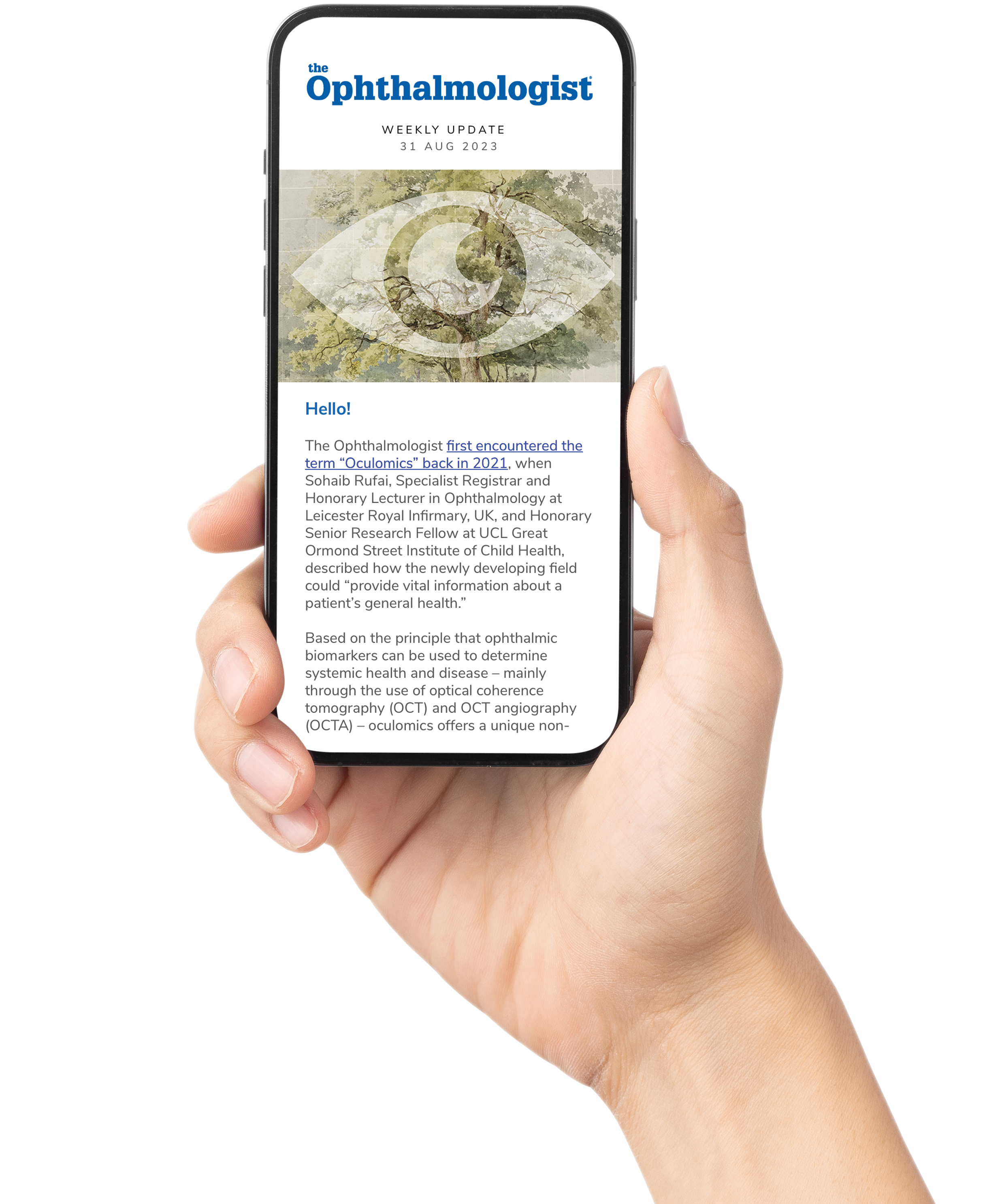
Nissangeniss, CC BY-SA 4.0 <https://creativecommons.org/licenses/by-sa/4.0>, via Wikimedia Commons
Preclinical results of a new GA topical treatment. SeaBeLife, a French biotechnology company developing a topical treatment for geographic atrophy (GA), announced positive preclinical efficacy results for SBL03, an ophthalmic gel for non-invasive topical application. SBL03 is presented by the company as a potential alternative to intravitreal injections, directly targeting retinal cell necrosis in GA. Link
Healthcare veteran joins CooperVision. Steven Robins, formerly chief marketing officer and president of North American Vision Care, Bausch + Lomb, has been appointed “President, Americas” of global contact lenses manufacture at CooperVision. “It’s a privilege to join the company that has its sights set on becoming an even greater part of people’s lives through remarkable innovations and partnerships,” said Robins. Link
Glutamine for DED. A recent Signal Transduction & Targeted Therapy study has identified glutamine metabolism as a key therapeutic target for dry eye disease (DED). Researchers found that using a combination of mesenchymal stem cells (MSCs) and thymosin beta-4 (Tβ4) improved DED symptoms by increasing glutamine levels, reducing inflammation, and enhancing ocular surface healing. The study highlights glutaminase 1 (GLS1) inhibition as a promising strategy for developing new DED treatments. Link
Retinoblastoma mutation. Researchers in Mexico have identified a potential gain-of-function mutation in the RB1 gene, challenging Knudson’s two-hit hypothesis of retinoblastoma. They found that the pR552* mutation promotes aggressive tumor growth even when one normal RB1 allele is present, suggesting oncogenic properties rather than simple tumor suppressor loss. This discovery could reshape retinoblastoma diagnostics and treatment strategies, the authors state, highlighting the need for further research into RB1 mutations and their role in cancer development. Link
Mapping Malignant Tumors. A recent IOVS study has mapped the metabolic landscape of eyelid infiltrative basal cell carcinoma (iBCC) using single-cell transcriptomics and spatial metabolomics. The researchers from Sun Yat-Sen University, China, identified eight distinct cell types, with cancer-associated fibroblasts (CAFs) showing altered glycolysis, glutamine, and lipid metabolism – all key drivers of tumor progression. The study highlights metabolic targets like UDPGA, UGDH, and UXS1, offering potential new therapeutic strategies for diagnosing and treating iBCC. Link
